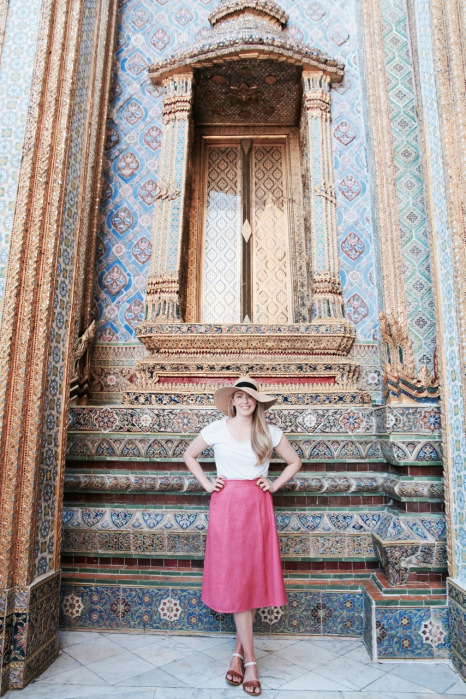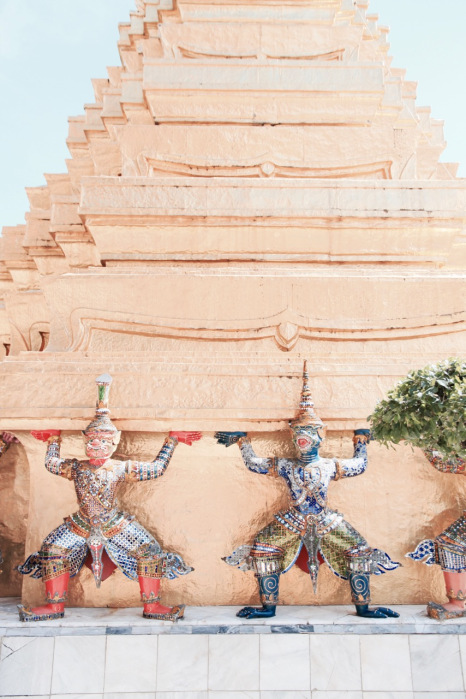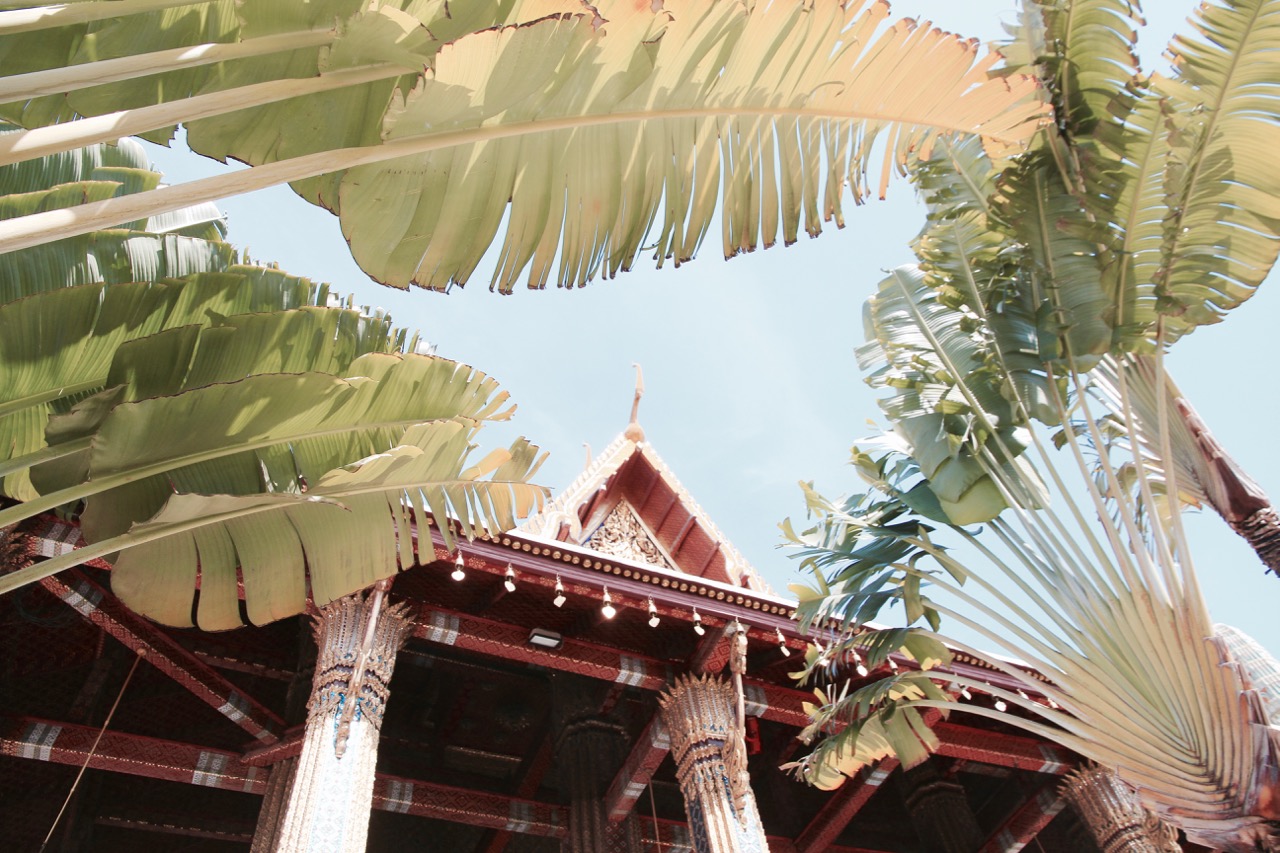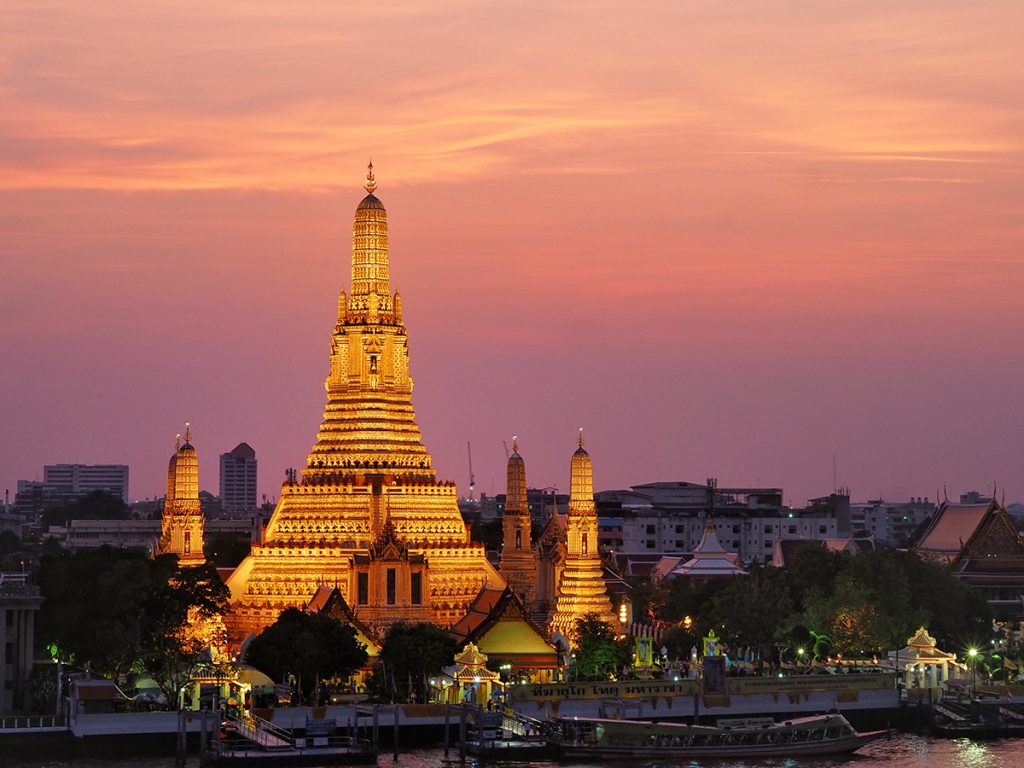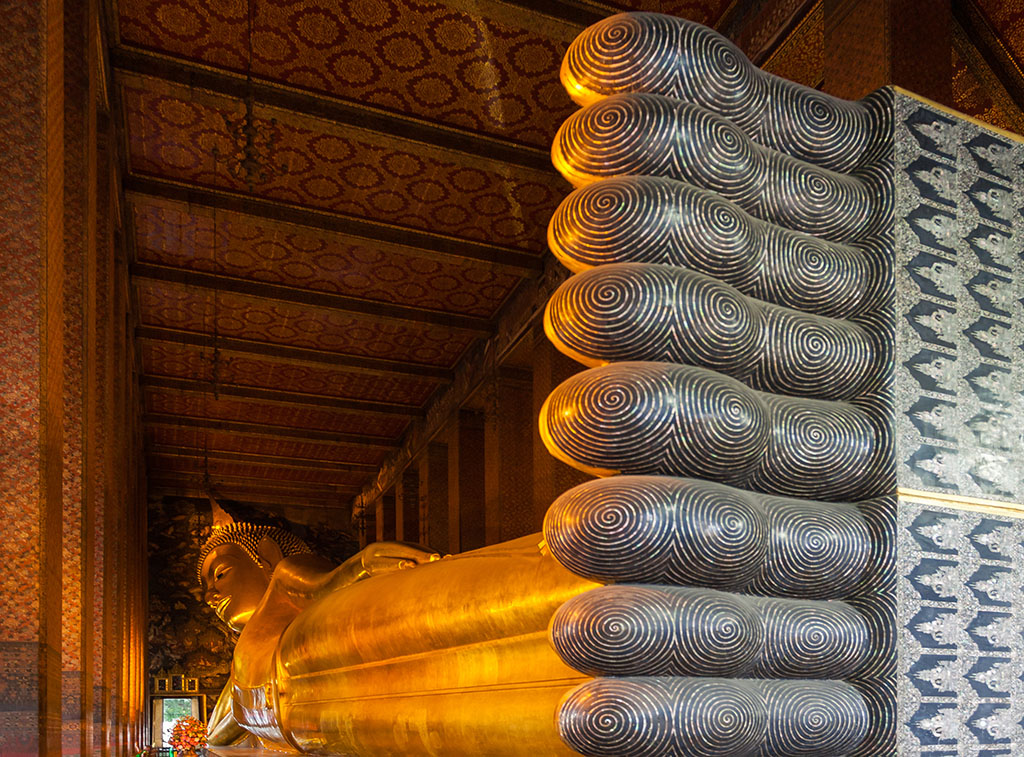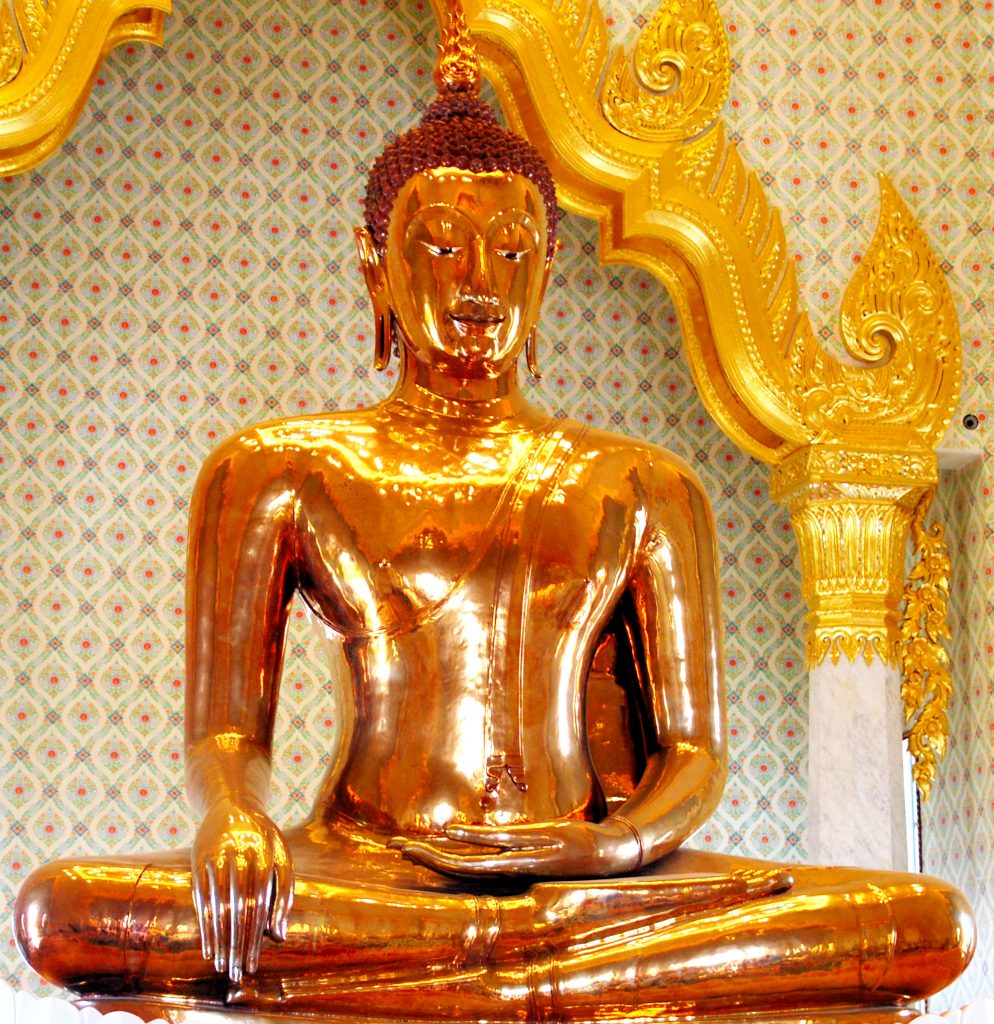Travel writer Helen Hayes takes us on a walking tour of Bangkok’s neighbourhoods.
The way to get to know a city is to take to its heart. Bangkok is no different, its laneways full of surprising eateries, historic buildings and local shops. Not to mention, meeting local people in their neighbourhoods.
Bangkok might not seem like a great city for walking but I beg to differ. Amazing Thailand recently released 15 excellent walking tour itineraries for Bangkok, taking you to places you might never have been aware of.

To get to know the old Bangkok, take the walking tour that goes behind the old city wall. Highlights include the Baan Bat community, who have been crafting the alms bowls used by monks since the 1700s, and Trok Shanghai – founded by 40 Chinese families in the days of King Rama 1V. This community is known for its wooden furniture. Other highlights include Wat Saket with its Golden Mount containing the Buddha’s relics, the fort of Pam Mahakan and Loha Prasat – the Metal Castle.
Explore Bang Lamphu and beyond
On this walk around Bang Lamphu, explore the Bangkok Metropolitan Museum, Pipit Bang Lamphu, the Coin Museum, the Red Building, and the Tha Tian Market. Also check out the Giant Swing, which was built for the Swinging Ceremony – a Brahmin-Hindu ritual.
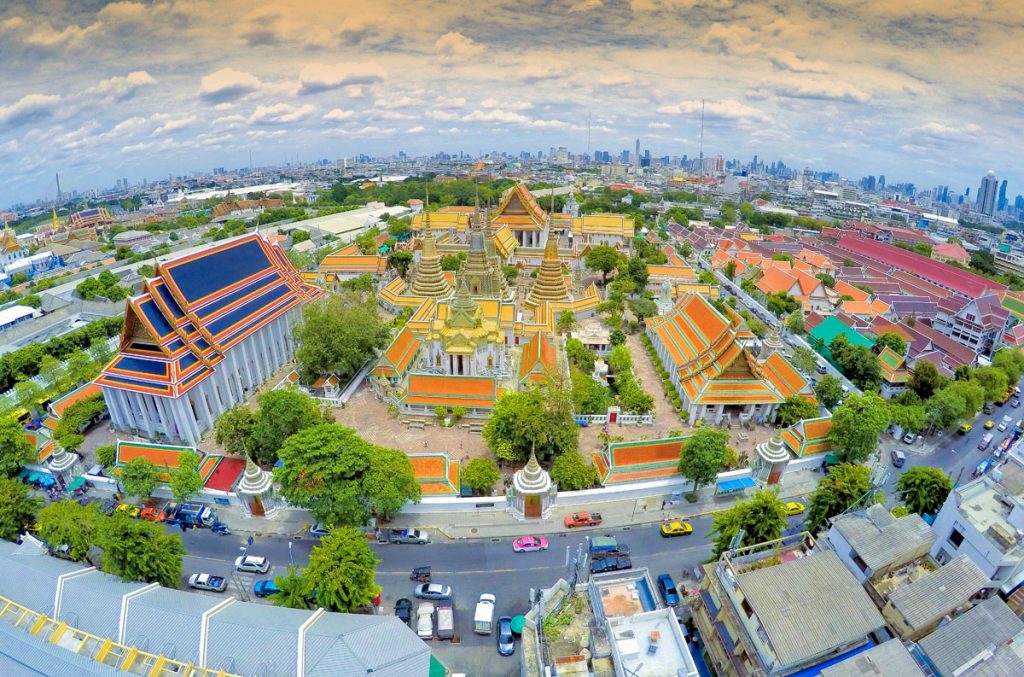
The area around Rattanakosin Island, is spoiled for choice. This is the historic centre of town, an artificial island rich in history. It is here you will find the Grand Palace, Wat Phra Kaew and Wat Pho. The city’s most famous landmark, the Grand Palace was built in 1782 and was home to the Thai King, the Royal Court and the government for a century and a half. Also with its grounds is Wat Phra Kaew – also known as the Temple of the Emerald Buddha. It holds the small Emerald Buddha dating back to the 4th Century. While on the island, also spend time at Wat Pho, home to the triumph that is the Reclining Buddha created in 1832.
It is not just history you will be rewarded with in this area, as it is here you’ll find some magnificent street food. The much vaunted Jay Fai is located here, a street food eatery that has a Michelin Star thanks to the incredible food delivered by Supinya Junsuta (Jay Fai is her nickname), the diminutive lady who cooks wearing ski goggles and bright red lipstick.
Another well-known place in this area is Tipsamai, said to have one of best Pad Thais in the country.
Into the Dragon’s Lair
Another good walk into the soul of Bangkok is in the Yaowarat area. Known as the Dragon’s Lair, it has many shrines and temples, and tells the story of the Chinese history in Bangkok. Visit the Yaowarat Chinatown Heritage Centre, the Phra Phuttha Maha Suwan Patimakon which houses the largest solid gold Buddha image in the world, the Gold Museum, and try the Khao Man Kai (Hainanese chicken rice) at Thai Hen – they have been making it for a century.
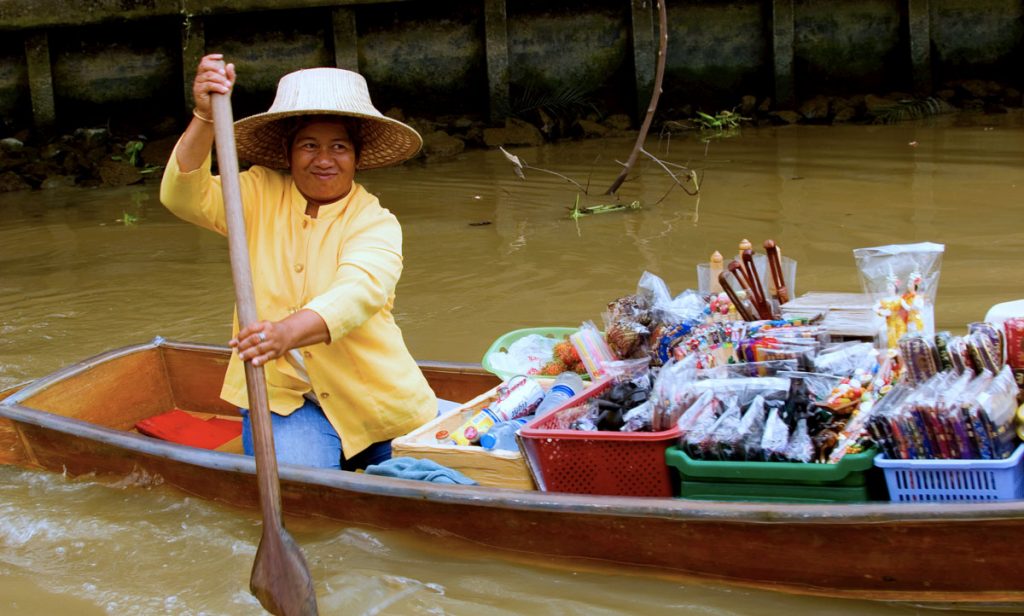
The Thon Buri area is another wonderful place to walk the streets, with the absolute highlight being the magnificent Wat Arun – the Temple of Dawn. Located on the west bank of the Chao Phraya River, Wat Arun is revered as one of the most beautiful temples in all of Thailand. It is quite different to other temples, with its spire (prang) an impressive 70 metres high and coated with Chinese porcelain and coloured glass. As beautiful as it is during the day, it is even more spectacular at night. Book a dinner cruise on the river and enjoy a different view of the sights you have seen on your strolls in this magical of cities.


